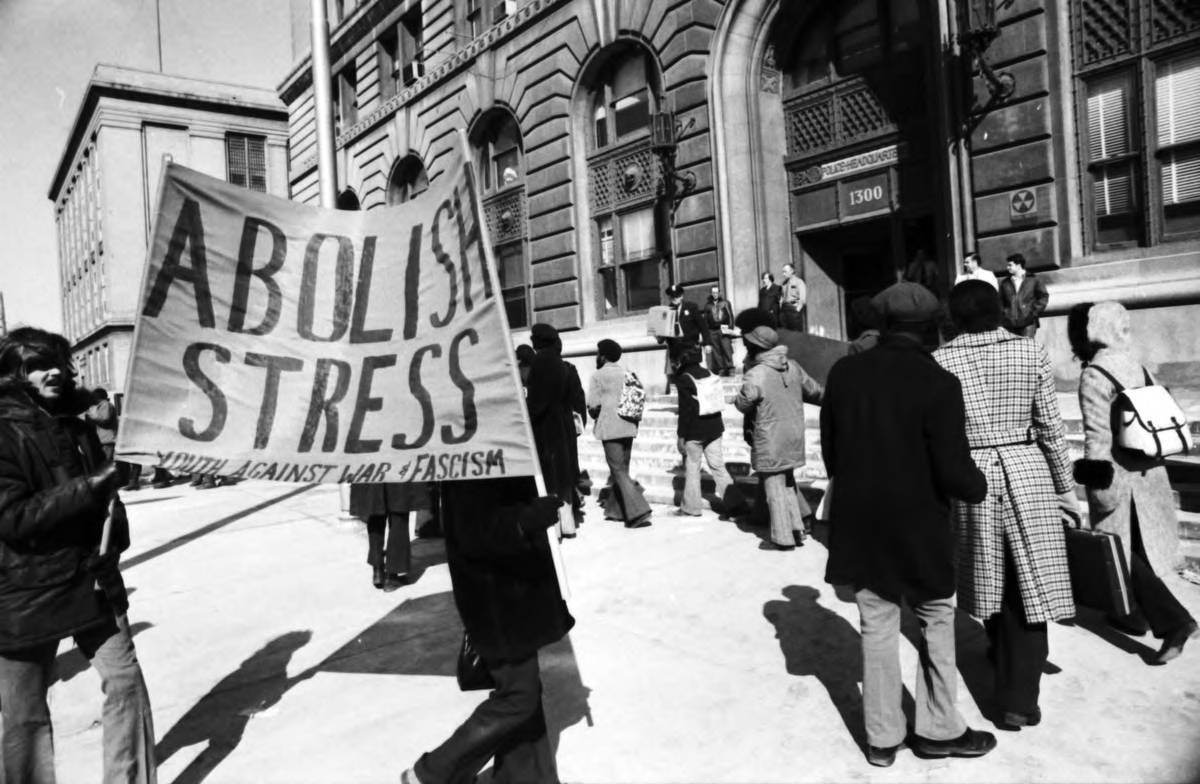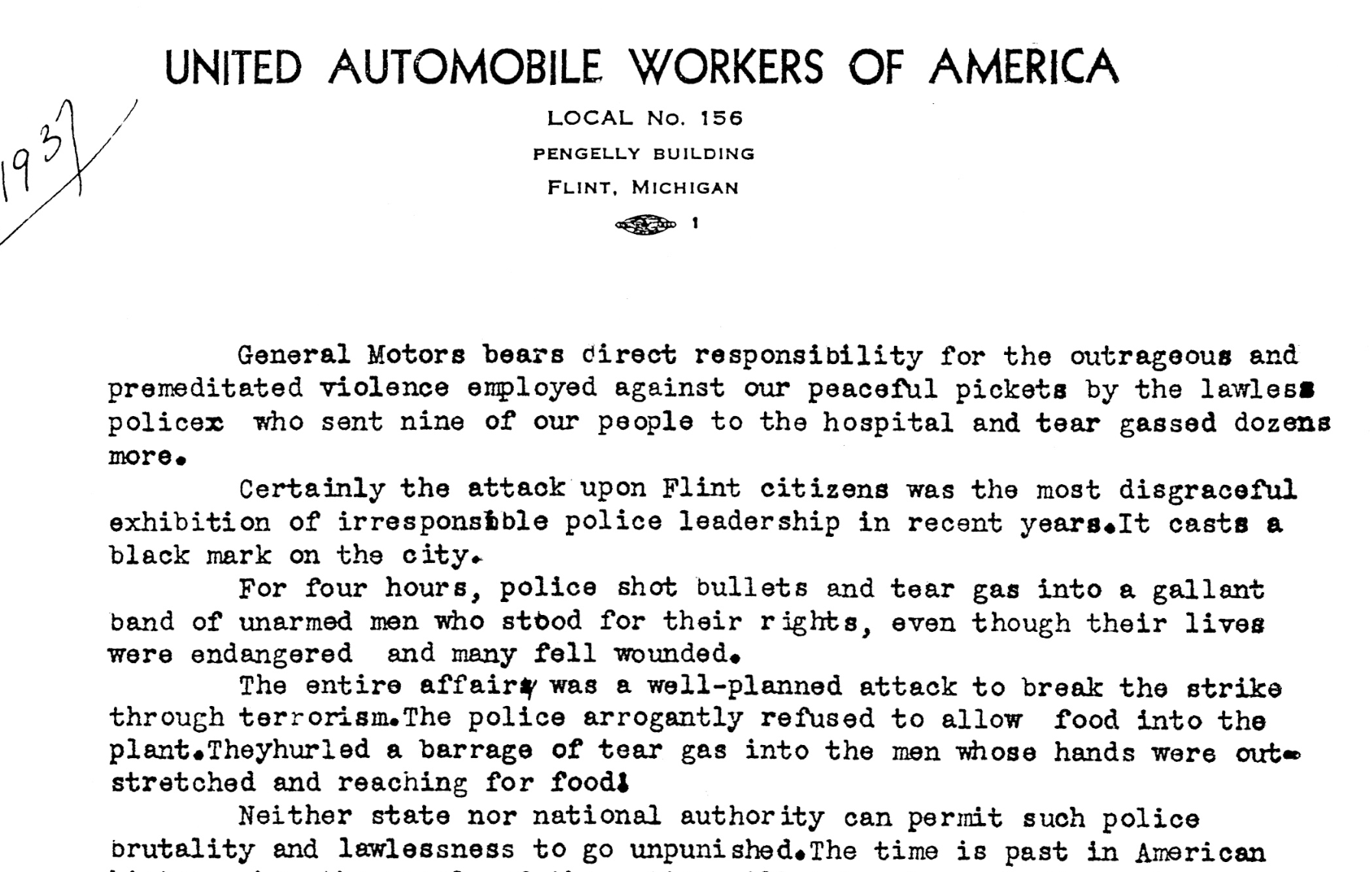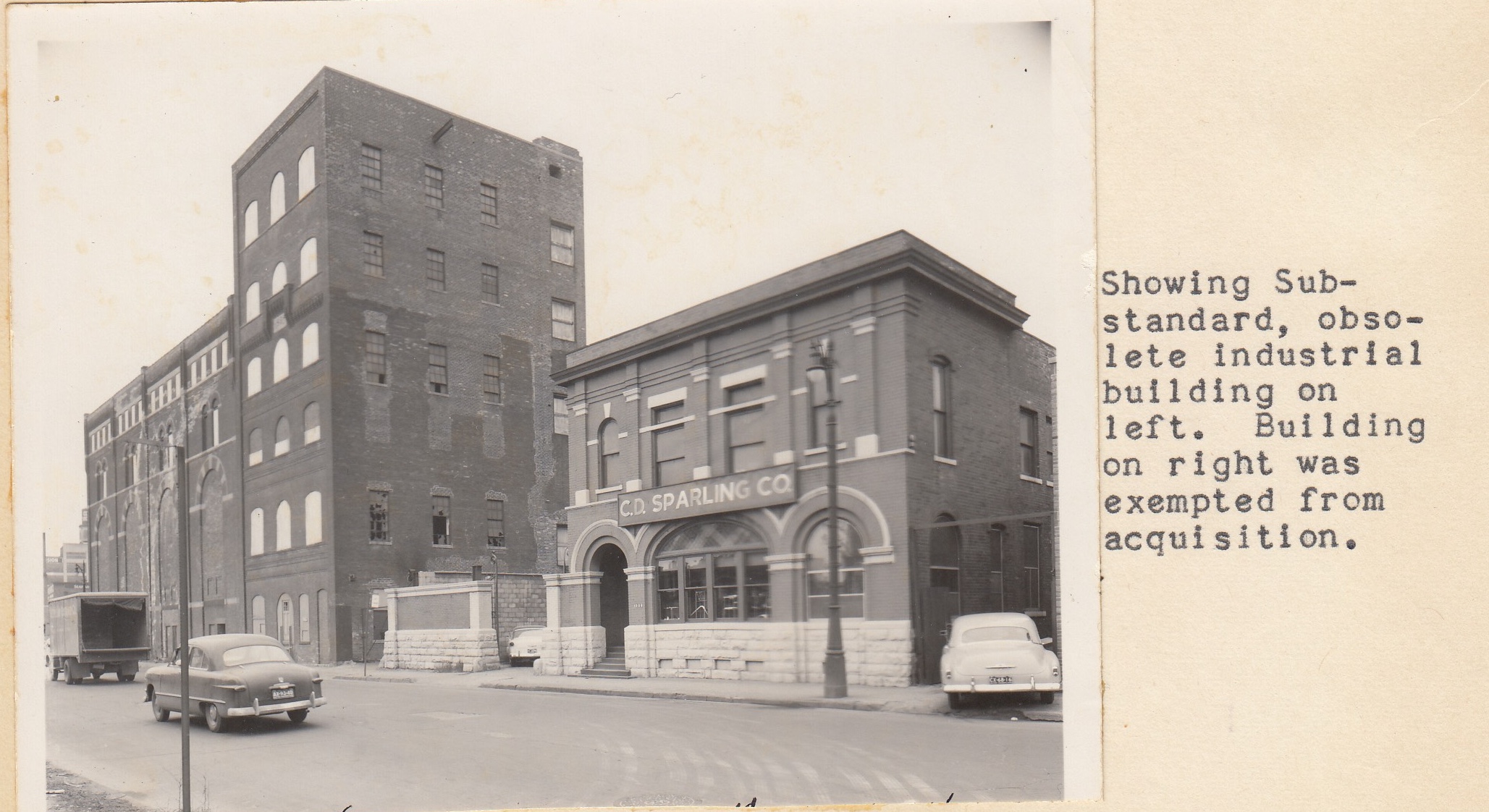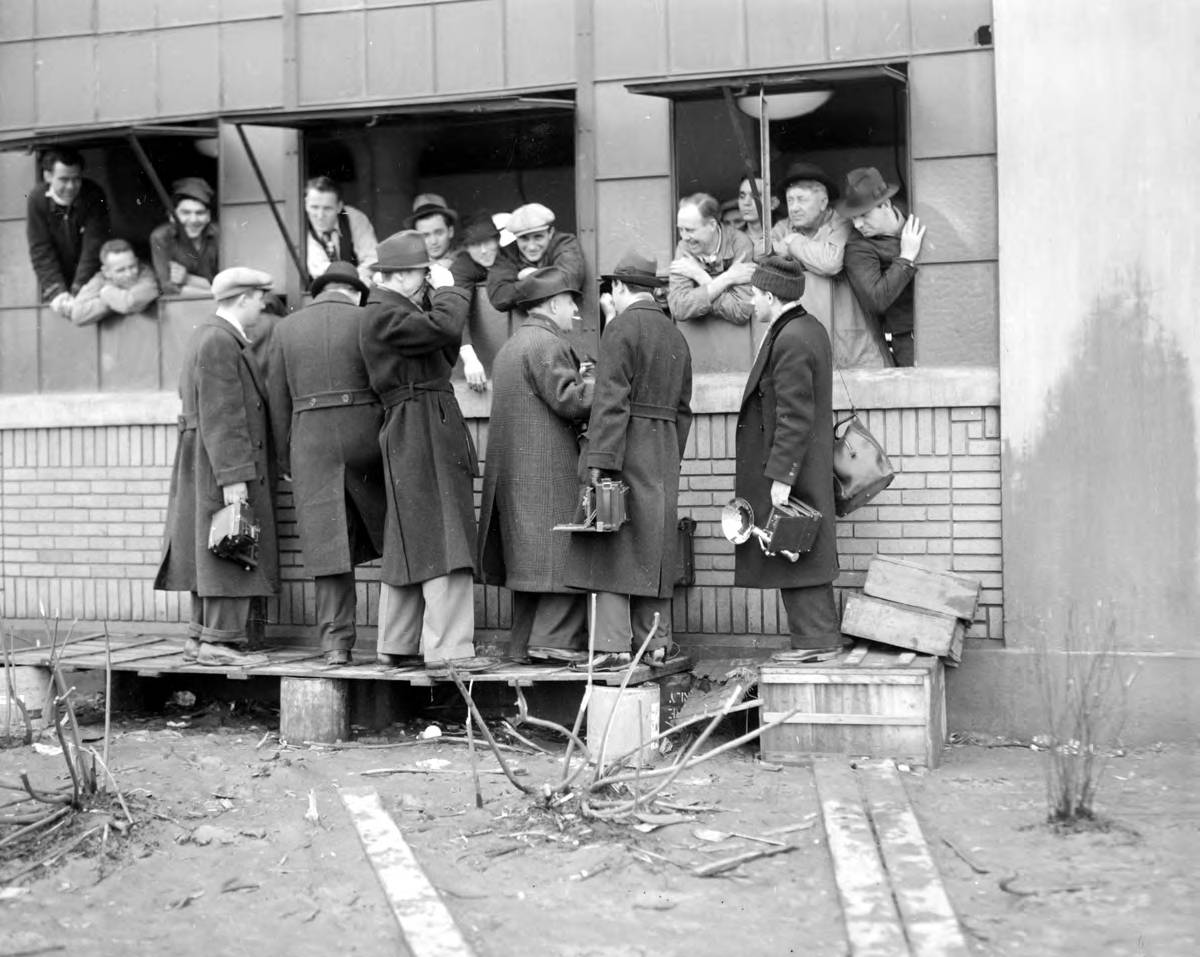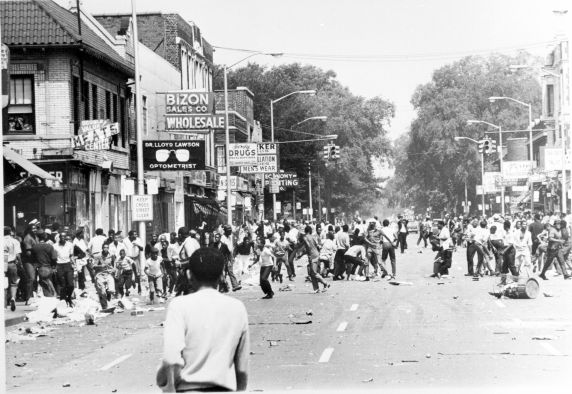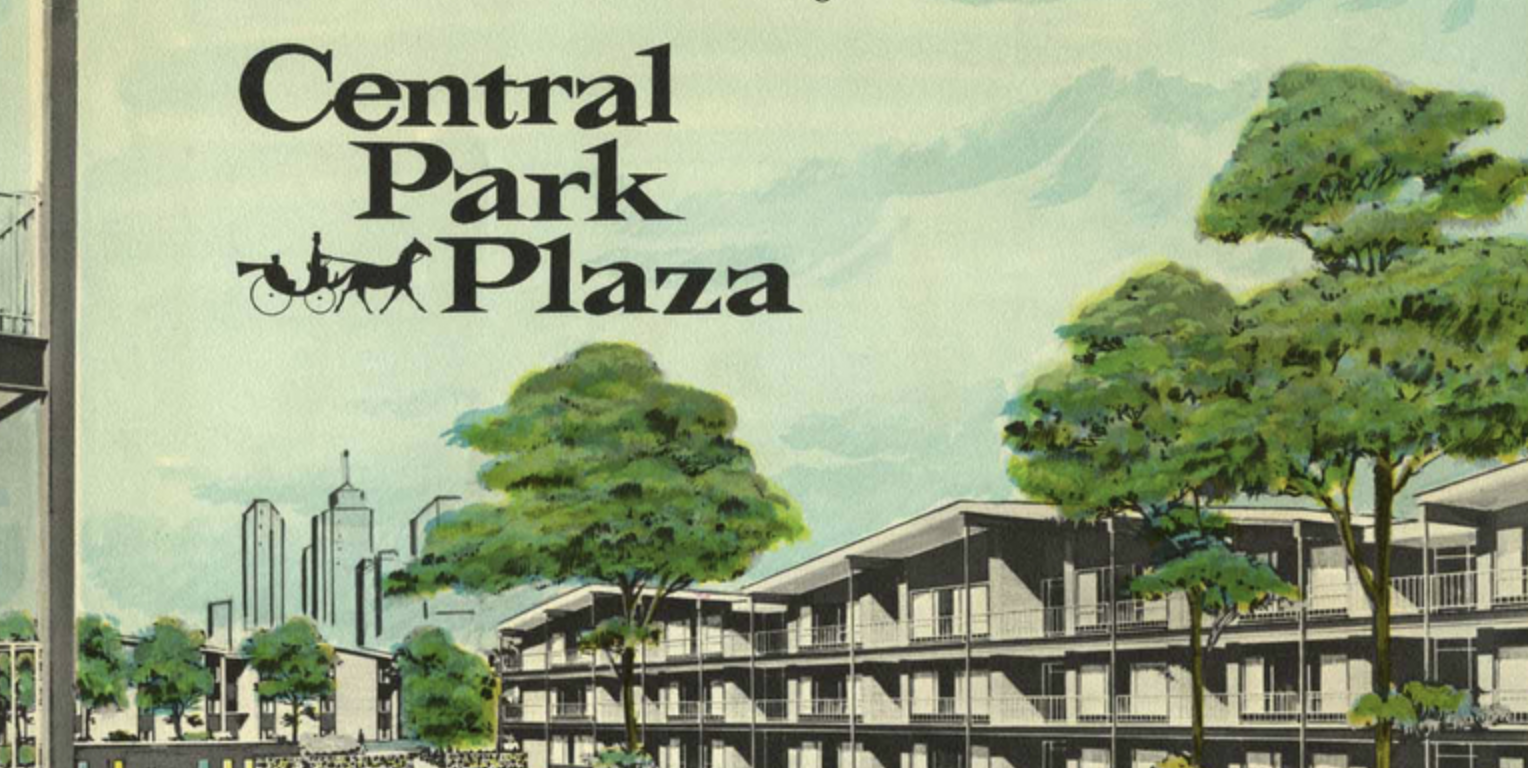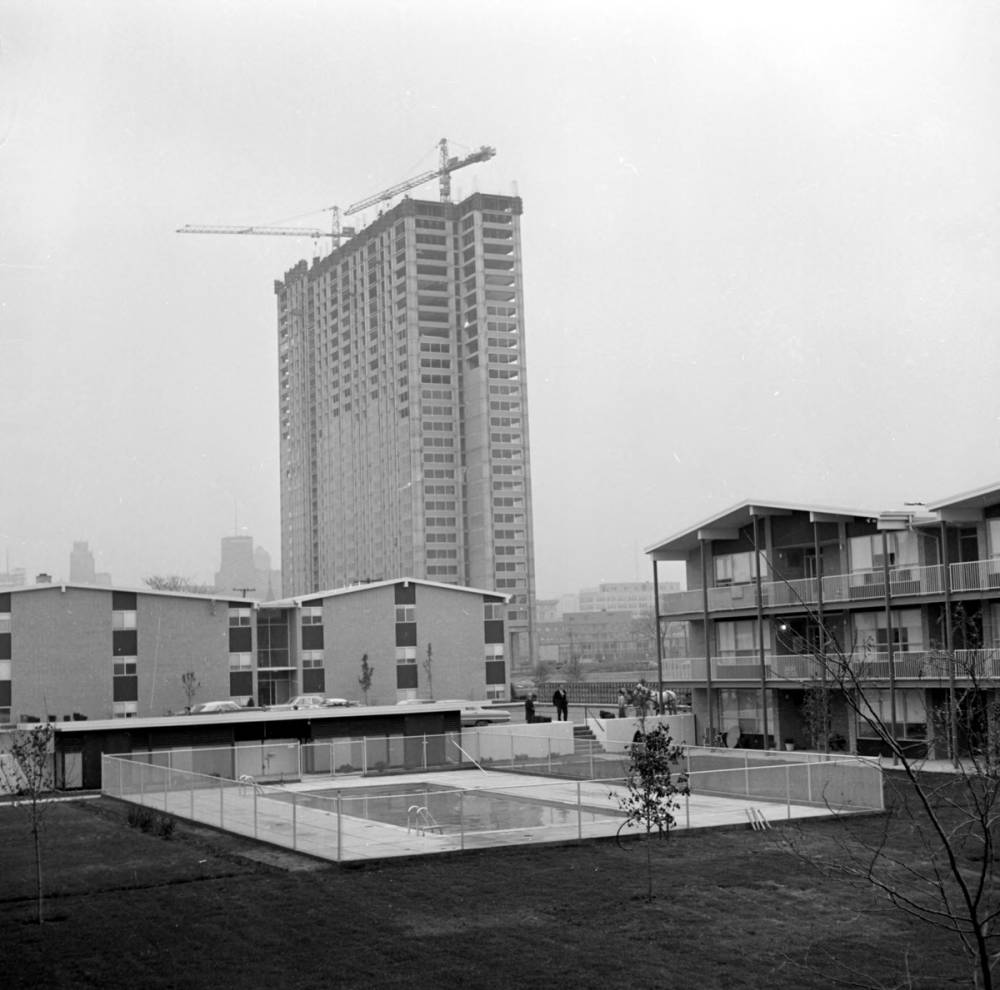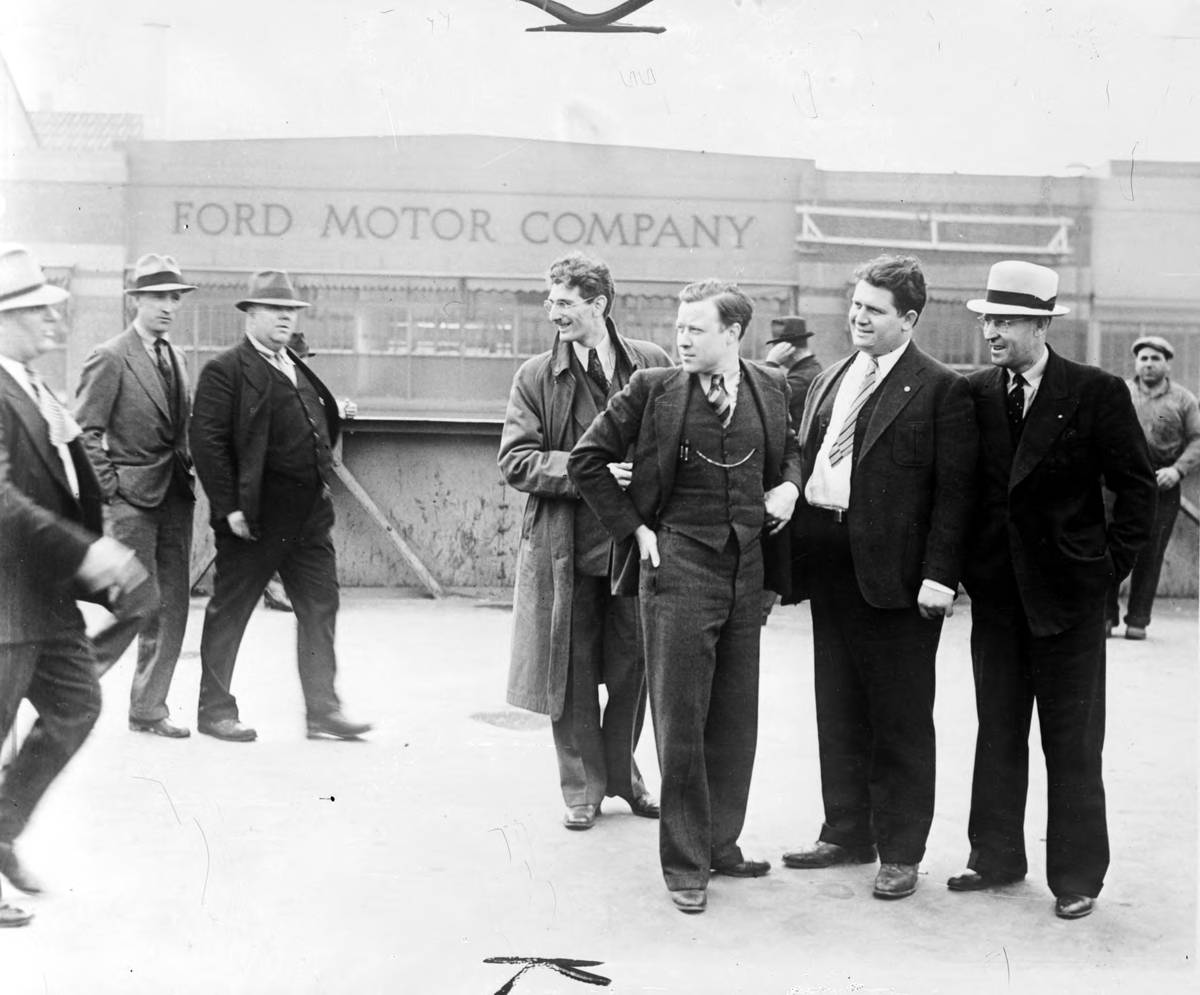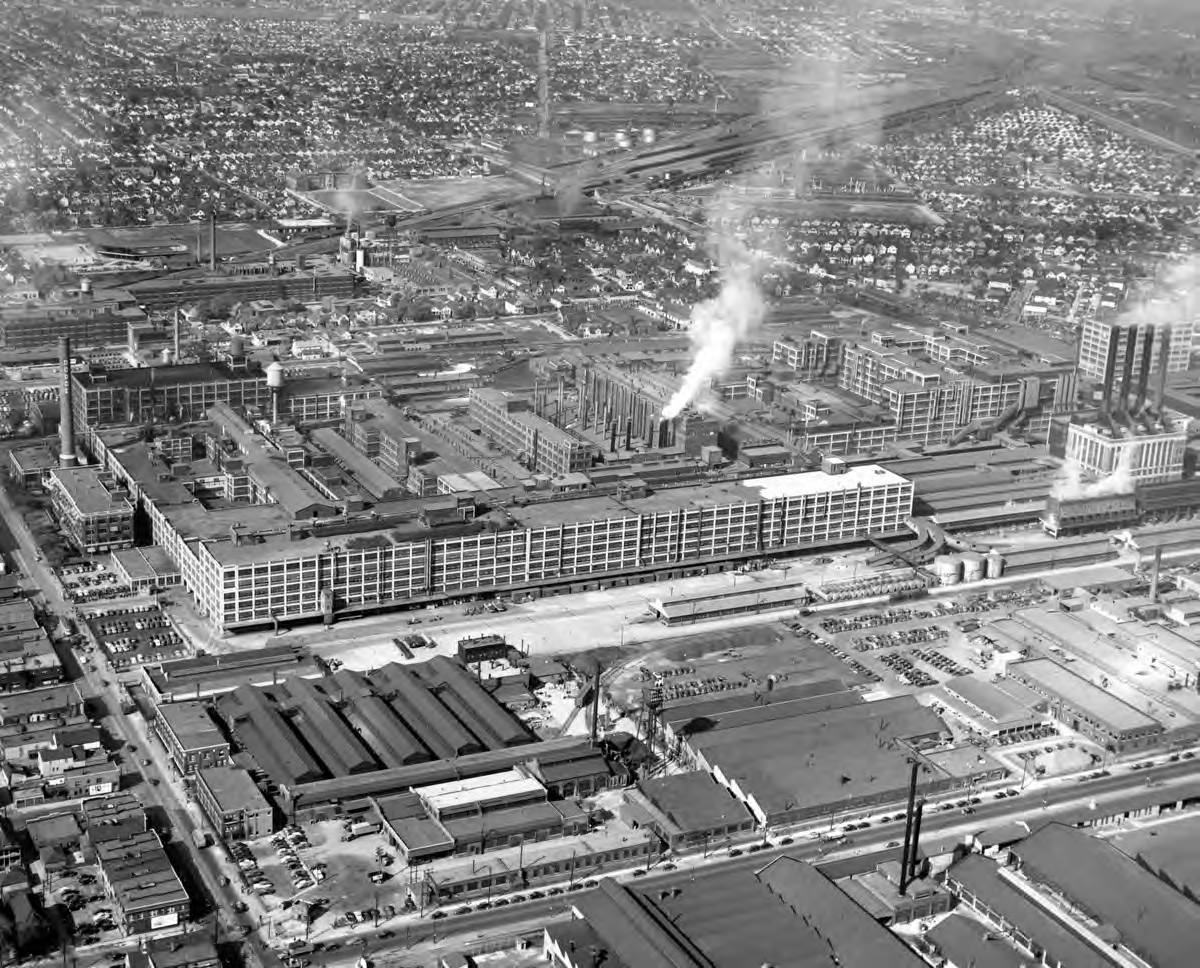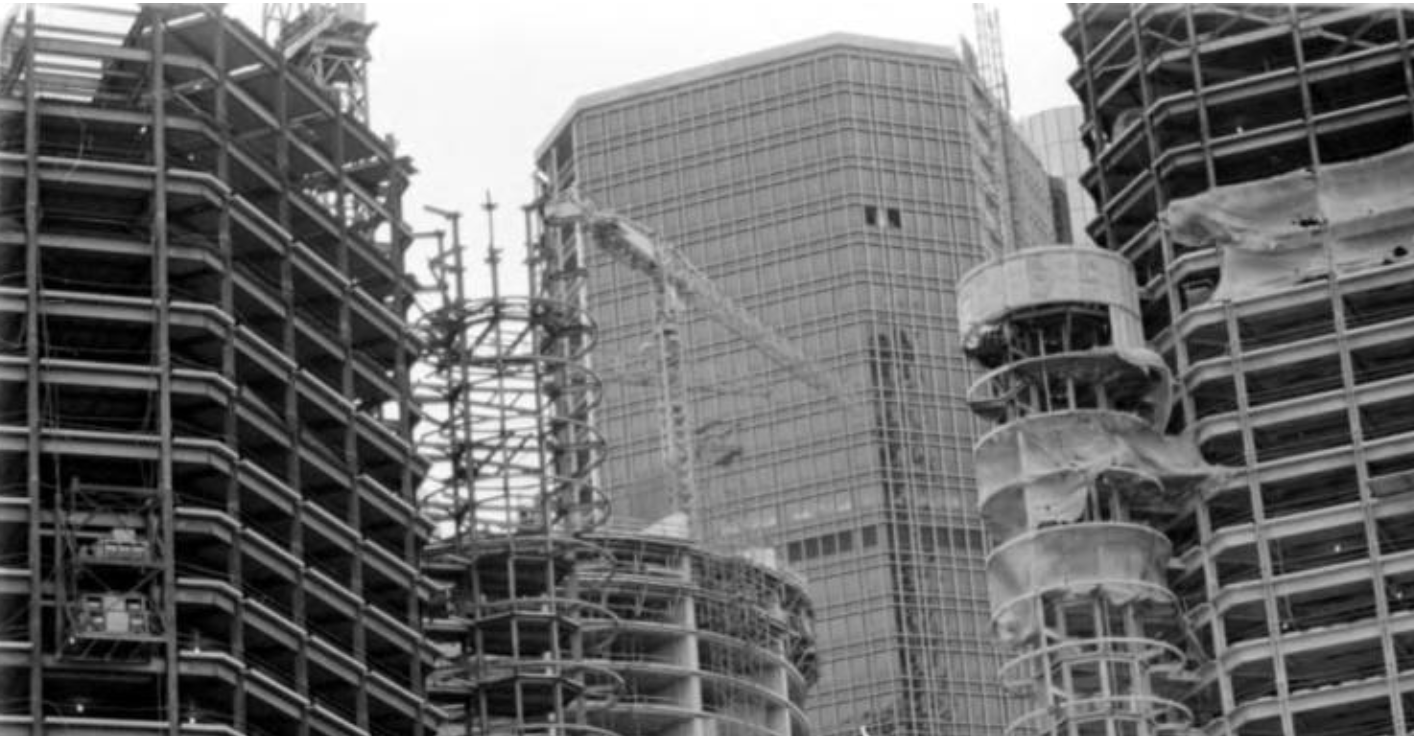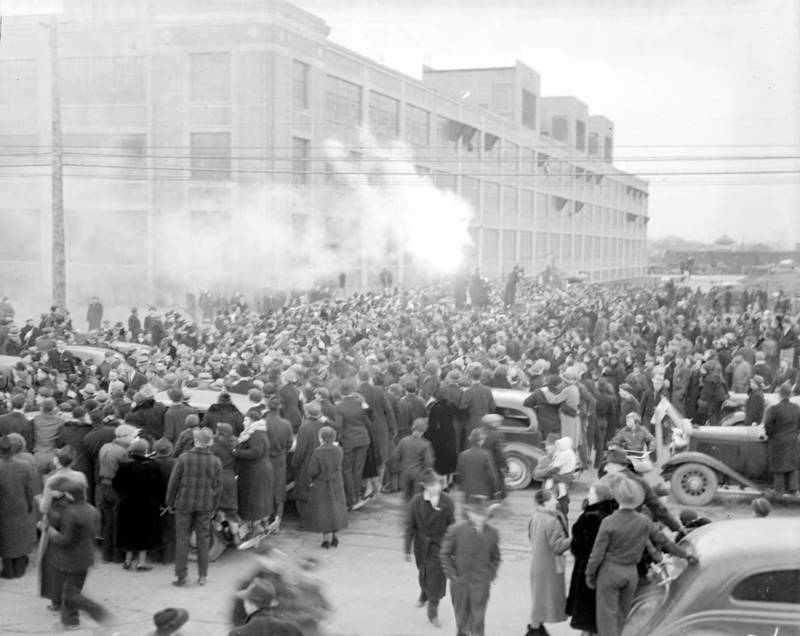Search
14 items
-
How does society balance civil rights and public safety through the lens of 1970s Detroit? By Stephanie VanHaerents
Supporting Questions: What factors led to the formation of STRESS in 1970s Detroit? How did the formation of STRESS impact race relations in the City of Detroit? What strategies did individuals and the community utilize to end the STRESS program? -
Comparing the Flint Sit-Down Strike to the 2023 UAW Strike by Kari Shagena
What are the concerns of industrialization and urbanization today as well as in the past? Compelling Question: To What Extent Did The Industrialization And Urbanization Between 1890s And 1930s Create The Need For Progressive Reform? -
Did Urban Renewal in Detroit Succeed? Built by Bryan Furgal
Supporting Questions: What issues of housing and infrastructure did the city of Detroit face in the post-WW2 era? What were the policy methods and goals of city officials in addressing urban planning issues? What were the outcomes of Detroit’s Urban Renewal Programs? This inquiry leads students through an investigation of government planning in the United States after World War II. The Inquiry leads students to examine the role of government planning in shaping the communities around us, and asks them to consider the long term impacts that policy decisions decades ago can have in pre-determining social and economic outcomes in the present day. Through use of government planning documents, students will have the opportunity to evaluate for themselves the conditions within the City of Detroit during the 1950s and identify key areas of concern among community members and city officials. Note: This inquiry is intended to be used as part of a larger unit on post-war issues within the United States. The inquiry is expected to take three or four 50-minute class periods, with additional time as needed for student research projects. The inquiry time frame could expand if teachers think their students need additional instructional experiences (e.g., supporting questions, formative performance tasks, featured sources, writing). Teachers are encouraged to adapt the inquiry to meet the needs and interests of their students. This inquiry lends itself to differentiation and modeling of historical thinking skills while assisting students in reading the variety of sources. -
Flint Sit-Down Strike: Labor, Management, and Unionization by Angela Lo Piccolo
Was the Flint Sit-Down Strike a natural response to the economic and/or social conditions that laborers faced? Is this what led to the desire to unionize? Supporting Questions: What perspective did workers hold when it came to unions and/or strikes? What perspective did management hold when it came to unions and/or strikes? What explains why the UAW pushed for collective bargaining when GM management opposed it? -
Detroit 67
This set of documents and exercises is designed for 10-12 grade students. These sets can be used to fulfill Common Core Standards CCSS.ELA-Literacy RH.11-12(1-10) and RH.9.10(1-10). -
The Uprising
Using primary and secondary sources, students will explore the 1967 uprising in Detroit and compare it to other moments of civil unrest in the city. -
The Effects of Urban Renewal
This unit plan has been designed for a 6th grade Social Studies class and takes place over 8 days. In this unit, students will analyze the city and learn more about Detroit neighborhoods, becoming informed about how urban renewal began and has affected citizens from the past to now. On day 1, students will explore what urban renewal is and how it is defined. The unit then leads into lessons focusing on areas of Detroit that urban renewal has affected in the past and how those effects have created challenges for Detroiters in the present, a debate discussing if urban renewal is ultimately good or bad, and a brochure project in which students will research their own neighborhoods and find evidence of urban renewal and changes that have been made to the area overtime. The unit ends with a field trip and scavenger hunt surveying areas of Detroit discussed in class. -
Unit Plan - Black Bottom and Paradise Valley, Where did they Go?
This unit plan talks about the Black Bottom and Paradise Valley neighborhoods in Detroit, including what they are, where they were, what happened to them, and the thoughts and attitudes of the people that lived there when they had to move. There are lots of hands-on activities included, an interview project, and a field trip and we include many books and websites to use as well. There are lots of social studies standards and different aspects of social studies are also covered. After completing this unit, students will have a real understanding of the Black Bottom and Paradise Valley neighborhoods, why they are so significant, and why they should know about them. -
United Auto Workers - Integrated Curriculum Plan
The “United Auto Workers” unit helps students investigate the conditions and events that led up to creation of the United Auto Workers Union. Students will explore the topic and research inequality, injustice, and human rights issues that can and have existed in the workplace throughout history. Students will also get the chance to examine the power of advocacy through art during a field trip to view Diego Rivera’s “Detroit Industry” murals that are on display at the Detroit Institute of Art. To achieve these objectives this unit’s lessons take a cross-curricular approach which incorporates language arts, geography, math, and the arts. The unit will close with a creative showcase in which students will have the chance to share their work and knowledge with their nested communities. Rationale for the Unit: The formation of the United Auto Workers Union is a key turning point in the history of Michigan’s labor movement. This was not only a pivotal moment in Michigan’s history, but it emerged out of the Greater Detroit Area. Students in fifth grade are at a stage where they are capable of identifying injustice and inequality in society. This unit creates a forum for exploration and discussion of how injustice has fueled the formation of equity seeking groups in the Greater Detroit Area, i.e. the United Auto Workers Union. Hopefully students will emerge from this unit feeling empowered by the stories of local community members who came together to overcome iniquity and fight for their rights as workers. As students develop higher-level critical thinking, they also will hone skills in analyzing primary source documents and deducing meaning from them. Throughout this unit, students will begin to sense a connection to the cultural and political past of their city. Understanding this sense of historical influence can have profound effects on how the students see their city today. Students will engage in three projects over the course of this unit that employ written, visual, and speaking skills. As all students thrive with different learning styles, each student will choose one project to present to the class to illustrate their learning. -
The Auto Industry's Effects on the City of Detroit
Summary: This unit focuses on City of Detroit history, primarily how the auto industry influenced and changed the makeup of the population (migration of workers), along with the challenges the different residents in the communities faced. Students will have an understanding of major historical events in Detroit's past that continue to have an impact on the city today. -
What is Community?
This unit explores the concept of community as well as the history and geography of the Black Bottom neighborhood in Detroit. -
"Rebirth of Detroit" 1967-1974
In this unit, students will explore the rebirth movement of Detroit after the years of civil unrest in the city, specifically the development during the years of 1967 to 1974. Many people were in agreement that the city needed to be improved, but the actions that were taken to do so were often controversial. Students will also be able to see the connection of this original rebirth movement to the current-day, Downtown developments to the city. The unit will be centered around the overall inquiry/guiding question: “Have the previous and current ‘improvement’ efforts been an overall ‘good’ or ‘bad’ idea for the city of Detroit and its residents?” -
In what ways did the War on Racism divide citizens in Detroit?
This lesson explores examples of efforts to integrate schools by exploring the experience of Ruby Bridges as well as efforts to integrate public housing by exploring the history of the Sojourner Truth Homes in Detroit. -
Why did the industrial revolution demand society to develop new ideas for managing large groups of individuals? By Amy Nytko and John Wilson
Supporting Questions: What were the working conditions in the factories? Were women who worked in factories treated unfairly? Were workers who chose to unionize treated unfairly?
